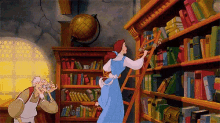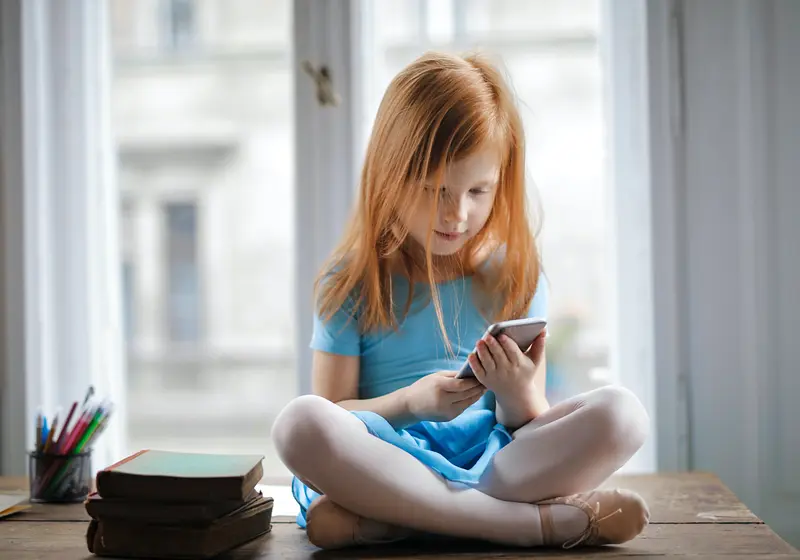In a time of technological advancement, the arts and literature are developing at a rate never seen before. Pixels and language have come together to create a new creative frontier where technology, storytelling, and imagery all combine, defying conventional limits and creating countless opportunities. Appropriately named "Pixelated Prose," this phenomena signifies a radical change in the way we produce, consume, and comprehend stories.

Image Credits: Cottonbro Studios from Pexels
Let us slide into your dms 🥰
Get notified of top trending articles like this one every week! (we won't spam you)A Digital Canvas: A New Medium for Expression
Because of the democratization of access to creative tools brought about by the internet era, anybody may now experiment with multimedia storytelling. Digital platforms offer a canvas where words and images coexist harmoniously, from interactive e-books to poetry produced by artificial intelligence. Today, writers work in tandem with animators, graphic designers, and programmers to turn static text into multisensory, immersive experiences.
Take the popularity of interactive fiction, which tells stories in which readers may make decisions that affect the plot. Apps like Episode and platforms like Twine are prime examples of how technology makes dynamic storytelling possible. In a similar vein, ChatGPT and other AI tools are helping authors come up with ideas, polish their writing, and even co-create stories, expanding the definition of what it means to be an author in the digital age.

Image Credit: Hatice Baran from Pexels

Take the Quiz: Which Harry Potter Character Are You?
Find out which character matches your personality!
The Role of Visual Elements in Modern Storytelling
The mutually beneficial link between words and images is essential to Pixelated Prose. Webtoons, illustrated poetry, and graphic novels have long demonstrated how images may enrich text. Digital media goes one step further, though, by incorporating virtual reality (VR), augmented reality (AR), and animations into narrative.
AR-powered books, for example, provide a hybrid reading experience by superimposing digital pictures onto real pages. In a similar vein, virtual reality tales immerse viewers in fully realized environments, giving them the opportunity to experience stories firsthand. These developments offer a more engaging and interactive method of storytelling, challenging the conventional linearity of narrative.

Image Credit: fauxels from Pexels
The Challenges and Ethical Considerations
Although the combination of language and pixels opens up fascinating possibilities, it also brings up issues of accessibility, authenticity, and authorship. For instance, AI-generated material makes it difficult to distinguish between computer support and human innovation. Who is the owner of an AI-generated story's rights? Can narratives created by machines arouse the same level of emotion as those written by humans?
Furthermore, there is a big problem with the digital divide. Disenfranchised voices may be excluded from this creative revolution since not everyone has equal access to the technology needed to produce or read pixelated writing. Addressing these discrepancies and making sure that technology innovations promote inclusion rather than reinforce injustices are crucial tasks for designers.
The Future of Pixelated Prose
Pixelated Prose's development is only getting started. Even more revolutionary advancements in narrative are to be expected as blockchain, artificial intelligence, and the metaverse continue to develop. Consider decentralized networks that allow real-time collaboration between artists and readers, or stories that adjust to the emotions of each reader based on biometric data.
We are prompted to reconsider our conventional notions of art and literature by this combination of creativity and technology. It challenges us to welcome change, experiment with new media, and honor the boundless possibilities of the human imagination enhanced by technological means.
Connecting Pixelated Prose to Teen Media Consumption
Teens are in a unique position in this development of narrative because they are both makers and consumers. Teenagers are already used to multimedia storytelling through picture essays, video diaries, and narrative-driven material on social media sites like YouTube, Instagram, and TikTok. Teenagers may now add to this pixelated world by making their own animations, interactive fiction, or even teaching AI to work together on poetry and stories thanks to the integration of AI tools and digital canvases.

Image Credit: cottonbro studio from Pexels
Additionally, teenagers are now consuming tales in a more interactive and visual manner. Adolescents are encouraged to try out hybrid narrative styles by AI-driven platforms that frequently recommend artistic outlets based on their tastes. This lively exchange between artist and audience is a perfect example of how technology gives up-and-coming voices the ability to rewrite conventional narratives.
By bridging the gap between technology and personal expression, Pixelated Prose serves as a catalyst for teens to explore their creative identities. Whether as digital authors, visual poets, or multimedia designers, they can shape the future of storytelling, one pixel at a time.
Conclusion
Pixelated Prose marks the beginning of a new creative period in which words, images, and technology interact in ways that go beyond accepted limits. The secret to navigating this changing environment is to use these technologies wisely, making sure that they enhance our stories while maintaining the fundamentals of storytelling. Creativity has no limits in this pixelated environment, which offers many chances to reimagine the telling and experiencing of stories.

Image Credit: fauxels from Pexels










